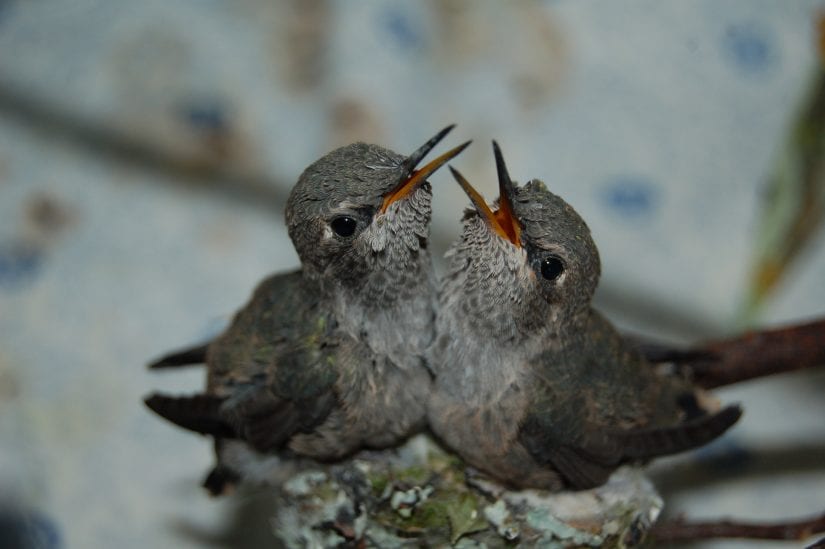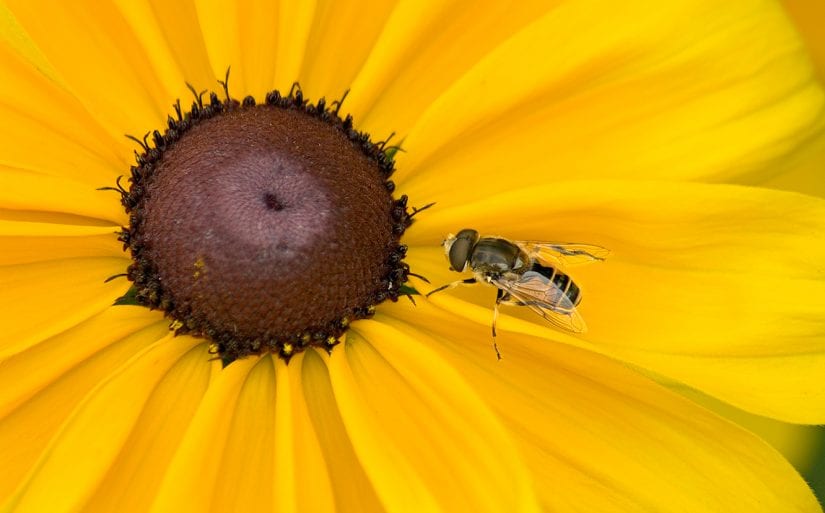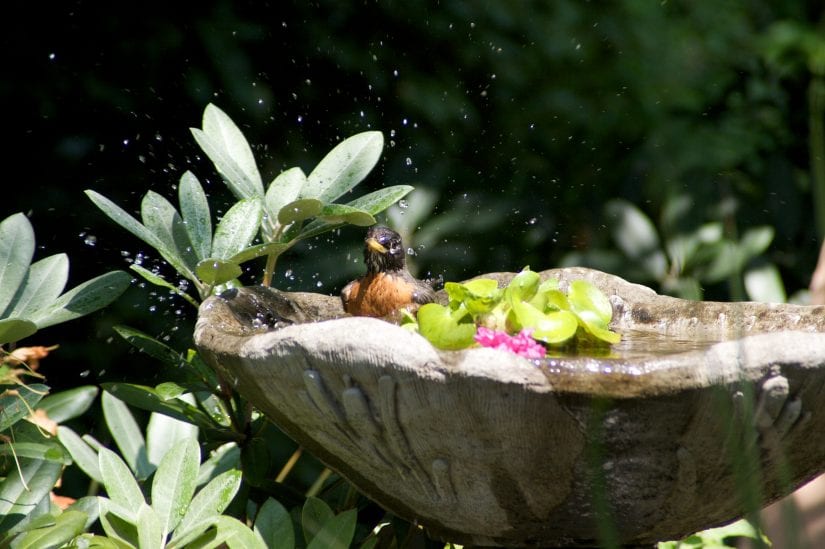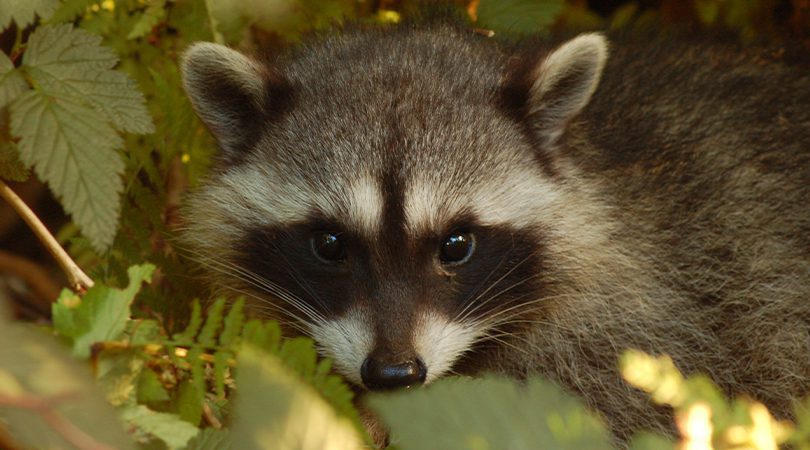As the weather becomes warmer, wild creatures of all kinds become more active. There’s so much to be done, from nesting and raising the next generation of babies to foraging for food. Unfortunately this renewed activity can make wild animals vulnerable to accidents, injuries and predator attacks.
You can help protect wildlife with a few easy steps.
1. Protect wildlife from pets
Wildlife rehabilitation centres, including the BC SPCA’s Wild ARC facility, treat hundreds of injuries caused by domestic pets. Cats and dogs can seriously injure or kill animals like birds, squirrels, seal pups and deer fawns. Keep cats inside the house or provide controlled outdoor access with a catio space to discourage conflicts with wildlife. Keep cats away from bird feeders or try out a CatBib from the BC SPCA’s online store to prevent attacks.
Always follow leash rules in parks and keep dogs on a leash when going for walks in wooded areas to avoid disturbing the wildlife.
2. Build a birdhouse
Birds are always on the lookout for a safe covered spot to raise their young in the spring and summer or for shelter on cold winter nights.
Birdhouses should be made of untreated wood, such as pine or cedar, which is durable and porous – allowing heat to escape in the summer and keep the young animals from getting too hot inside. Include a hinged or sliding roof to clean out the house each winter after nesting season has finished. Birdhouses should be placed on a pole or up a tree at least three feet off the ground.

3. Choose plants that wildlife love
Sunflowers are a great choice for those who want to help wildlife. These cheery sunshine-hued plants provide pollen and nectar for pollinators such as honeybees when they are in bloom and their seeds feed birds in the fall. Hummingbirds love brightly coloured flowers that are tubular and hold lots of nectar. These little high-energy birds enjoy bee balms, rhododendrons, columbines, daylilies and hollyhocks. Verbenas, asters and wild roses are perfect for short-tongued insects such as bees and flies. Caterpillars love milkweed and butterflies enjoy the nectar of asters and yellow coneflowers.

4. Create a birdbath
Buy or make your own birdbath using a shallow ceramic bowl that can be decorated and placed near shrubs and trees to provide cover from predators. The birdbath should not be more than three inches deep to allow birds to wade comfortably. The interior should be textured to allow the birds to maintain a foothold while bathing. Maintain your birdbath by changing the water often and periodically cleaning the surface to prevent bacteria from growing and mosquitos from breeding.

5. Prevent birds from colliding with windows
In Canada more than 25 million birds are killed by collisions with windows every year. In daylight, birds are attracted to the reflections of trees in the glass or the indoor plants inside the home. In the spring, birds become territorial and can attack their own reflection – believing it to be another bird invading their territory. A few simple solutions for your windows can help save a life.
Migratory birds navigate their journey using the light of the stars and moon. They can become attracted to artificial lights inside a home and collide with the window at night. This can be prevented by either turning off the lights inside the house at night or closing the blinds or curtains.
Learn more about preventing bird-window strikes.
6. Avoid using poisons or chemicals
Pesticides are often non-specific and will get rid of problem bugs plus important pollinators such as bees and butterflies. These chemicals can wash into rivers and lakes when it rains and harm aquatic ecosystems. Avoid using chemical garden fertilizers, insecticides, pesticides and herbicides, which can also be harmful to pets. Instead of using chemical fertilizers, add natural compost to the garden such as grass clippings and composted food scraps.

7. Be AnimalKind to wild animals
Some wild animals are better kept away from your home. However, the methods you choose to control them have an impact on other wildlife. Rodent poison is commonly used in homes and by municipalities in parks and municipal facilities. The problem with rodent poison is that when raptors and other animals eat poisoned rodents, they also get poisoned.
At home, prevention and rodent-proofing is the best way to use less (or no) poison. You can also contact your municipality and ask what they are doing to decrease the use of rodent poison, and suggest they follow the BC SPCA’s AnimalKind standards (PDF) that outline animal-friendly methods for wildlife and rodent control.
If you find a wild animal in distress, please contact your local wildlife rehabilitator or the BC SPCA helpline at 1-855-622-7722. Keep the number in your phone so you’ll have it handy if you encounter a wild animal in need.

WildSense newsletter
Want to receive more stories like this, right in your inbox? Subscribe to WildSense, our bi-monthly wildlife newsletter.
The BC SPCA uses your personal information to update you on our work for animals as well as for advertising and analytics purposes. More information on uses and how to opt-out can be found in our Privacy Policy.
